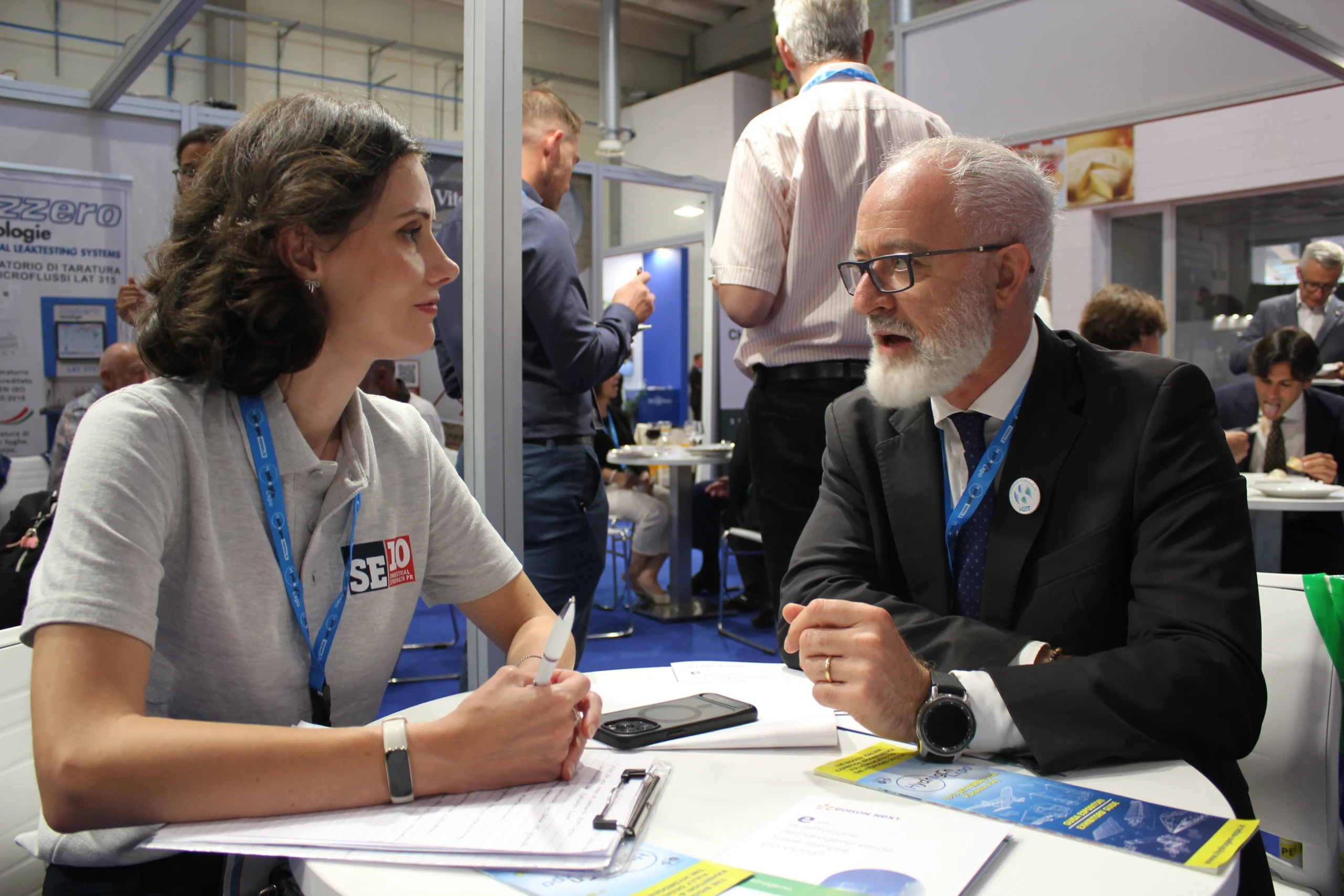Once, headline writing was about making a journalist smile with a clever pun. Now, it’s about making sure algorithms and AI models see the right keywords and brand names. But the truth is, the most effective headlines satisfy both audiences. Here’s a look at how the craft of B2B headline writing has evolved and how as a specialist industrial communications agency we’re adapting our approach.
For years, we had a ritual with a particular client at SE10. Every Friday, we would send out a press release about a successful project. And every Friday, our team would huddle together to come up with the most creative, attention-grabbing, and often groan-inducing pun for the headline. As an agency founded and staffed by former journalists and language lovers, it was a small moment of collective joy in our craft.
One of my personal favourites was for a story about our client’s excavators demolishing a warehouse at Banana Pier in Gothenburg harbour, once home to Sweden’s banana imports: No slip-ups in banana warehouse demolition.
It was playful and it worked. We had a core group of trade journalists who would write back every week, congratulating us on the latest pun. It was camaraderie built on a shared appreciation for the power of words.
That was more than a decade ago and while we still value creativity in headline writing, other forces are now in play.
The new pressures: brand, keyword, algorithm
1. Brand visibility – Clients often want their name up front, ensuring maximum exposure.
2. SEO – Headlines must be keyword-rich to be discoverable by search engines.
3. Generative engine optimisation (GEO) – With AI models increasingly determining what content surfaces, clarity and machine readability matter more than ever.
The risk? Headlines that tick all the boxes for algorithms but fail to spark human interest. A technically correct version of our banana pier story might read: [Brand name] excavators deployed for Gothenburg Banana Pier demolition.
Accurate, yes. But compelling? Hardly.
The ‘atomised headline’ strategy
The answer isn’t to force one headline to do every job. Instead, we tailor multiple versions of the same story for different channels – each with its own role to play. Here’s what that looks like in practice.
1. Press release headline
• Example: [Brand name] excavators clear iconic Banana Pier warehouse in Gothenburg
• Purpose: Balanced for journalists. Concise, factual, but still human enough to spark interest and earn coverage.
2. Blog post title (SEO-driven)
• Example: How [Brand name] demolition excavators transformed Gothenburg’s historic Banana Pier site
• Purpose: The permanent, keyword-rich version. Built for discovery by search engines and AI tools, ensuring it continues to drive traffic long after publication.
3. E-newsletter subject line
• Example: What a banana warehouse taught us about demolition
• Purpose: Intrigue. Designed to stand out in a crowded inbox and prompt opens.
4. LinkedIn post hook
• Example: It’s bananas! Here’s the story behind one of Gothenburg’s most unusual demolition projects…
• Purpose: Conversational and curiosity-driven. Perfect for grabbing attention in a fast-moving social feed.
Finding new brainstorming partners
Part of what I miss about those ‘Friday pun-time’ sessions is the collective energy of a newsroom-style huddle. With our team now mostly working remotely, those in-person headline workshops rarely happen. But we’ve found a surprisingly useful new brainstorming partner: AI.
Used well, AI can be like having a junior team member in the room. Ask ChatGPT to ‘write ten headlines’ and you’ll get generic results. But brief it fully – defining the story, audience, channel, tone, and keywords – and it can generate sparks that help overcome the blank page.
The final decision, of course, still relies on professional judgement, nuance, and storytelling expertise, so generative AI isn’t a replacement for copywriters, rather a creative support.
Craft + data = stronger headlines
If there’s one thing this evolution has taught us, it’s that headline writing is no longer just an art – it’s also a science. Whereas the art lies in understanding audiences, storytelling, and playing with language, the use of data – including A/B testing across digital channels – means we no longer have to rely on our instincts as to which headlines will work best. This combination of creativity and evidence ensures we’re not just writing headlines we like, but ones that actually perform.
Despite changes in tools and pressures, however, the core principles of headline writing haven’t changed. It’s about understanding your audience (now machine as well as human), choosing the most compelling entry point into your story, and crafting a line that earns attention, interest, and action.
Technology moves on and algorithms are constantly being updated but the value of a well-written sentence endures.
Looking for a B2B communication agency that understands industrial audiences and the balance between human and AI-driven channels? Let’s start a conversation about making your stories work harder.

Hannah Kitchener
Associate Director
About the author
Hannah is an associate director in the UK, leading strategic campaigns for industrial clients across the EMEA region. A professionally qualified journalist (NCTJ), she combines specialist sectoral knowledge in construction, energy, and materials handling with a strong network of trade media contacts to secure valuable coverage. Her expertise in inter-cultural communication, honed by degrees in modern languages and translation, is key to executing campaigns that succeed across diverse European markets.




